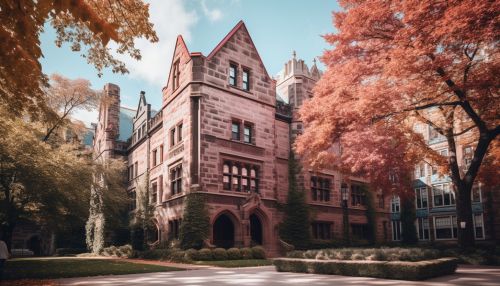Joseph Leidy
Early Life
Joseph Leidy was born on September 9, 1823, in Philadelphia, Pennsylvania. He was the eldest of four children born to Philip and Catharine Leidy. His father was a hatter and his mother a homemaker. Leidy's early education was provided by private tutors, and he showed an early interest in natural history.
Education
Leidy enrolled at the University of Pennsylvania in 1838, where he studied medicine. He was particularly interested in anatomy and zoology, and his studies in these areas would form the basis of his later work. He graduated with an M.D. in 1844.


Career
After graduation, Leidy took up a position as a professor of anatomy at the University of Pennsylvania, a role he would hold for the rest of his career. He also served as a curator at the Academy of Natural Sciences in Philadelphia, where he made significant contributions to the field of paleontology.
Leidy is best known for his work on extinct North American mammals. He was the first to describe many extinct species, including the Hadrosaurus foulkii, the first nearly complete dinosaur skeleton ever found. His work on this specimen, which he named and described in 1858, marked a significant turning point in the study of dinosaurs.
Leidy was also a pioneer in the field of parasitology. He was the first to identify and describe Trichinella spiralis, a parasitic roundworm that causes the disease trichinosis. His work in this area laid the foundation for later research on parasitic diseases.
Contributions to Science
Leidy's contributions to science were not limited to his work on extinct mammals and parasites. He also made significant contributions to the fields of histology, microbiology, and geology.
In histology, he was one of the first to use the microscope to study the structure of cells and tissues. He was also a pioneer in the use of the microscope in the study of fossils, a technique that is now standard in paleontology.
In microbiology, Leidy was one of the first to study the role of microorganisms in the decomposition of organic matter. His work in this area was instrumental in the development of the field of soil microbiology.
In geology, Leidy made significant contributions to our understanding of the geology of the eastern United States. He was one of the first to recognize the significance of the Appalachian mountain chain in the geological history of North America.


Legacy
Leidy's work has had a lasting impact on the fields of paleontology, parasitology, histology, microbiology, and geology. His methods and discoveries have shaped the way these sciences are practiced today.
Leidy was a prolific writer, and his works are still widely read and cited today. He was also a dedicated teacher and mentor, and many of his students went on to have successful careers in science.
In recognition of his contributions to science, several species have been named in Leidy's honor, including the dinosaur Leidyosaurus, the parasitic worm Leidynema appendiculata, and the extinct mammal Leidyodus.
